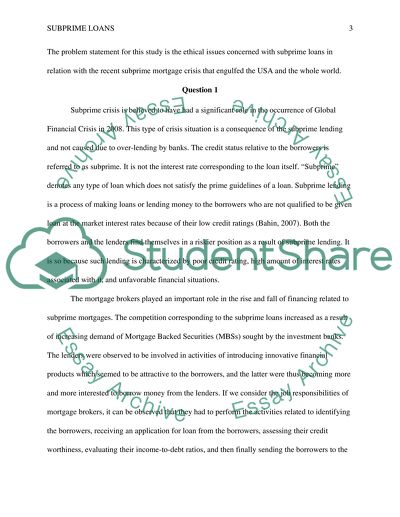Cite this document
(The Subprime Mortgage Crisis Assignment Example | Topics and Well Written Essays - 1750 words, n.d.)
The Subprime Mortgage Crisis Assignment Example | Topics and Well Written Essays - 1750 words. Retrieved from https://studentshare.org/finance-accounting/1458061-subprime-loane
The Subprime Mortgage Crisis Assignment Example | Topics and Well Written Essays - 1750 words. Retrieved from https://studentshare.org/finance-accounting/1458061-subprime-loane
(The Subprime Mortgage Crisis Assignment Example | Topics and Well Written Essays - 1750 Words)
The Subprime Mortgage Crisis Assignment Example | Topics and Well Written Essays - 1750 Words. https://studentshare.org/finance-accounting/1458061-subprime-loane.
The Subprime Mortgage Crisis Assignment Example | Topics and Well Written Essays - 1750 Words. https://studentshare.org/finance-accounting/1458061-subprime-loane.
“The Subprime Mortgage Crisis Assignment Example | Topics and Well Written Essays - 1750 Words”, n.d. https://studentshare.org/finance-accounting/1458061-subprime-loane.


